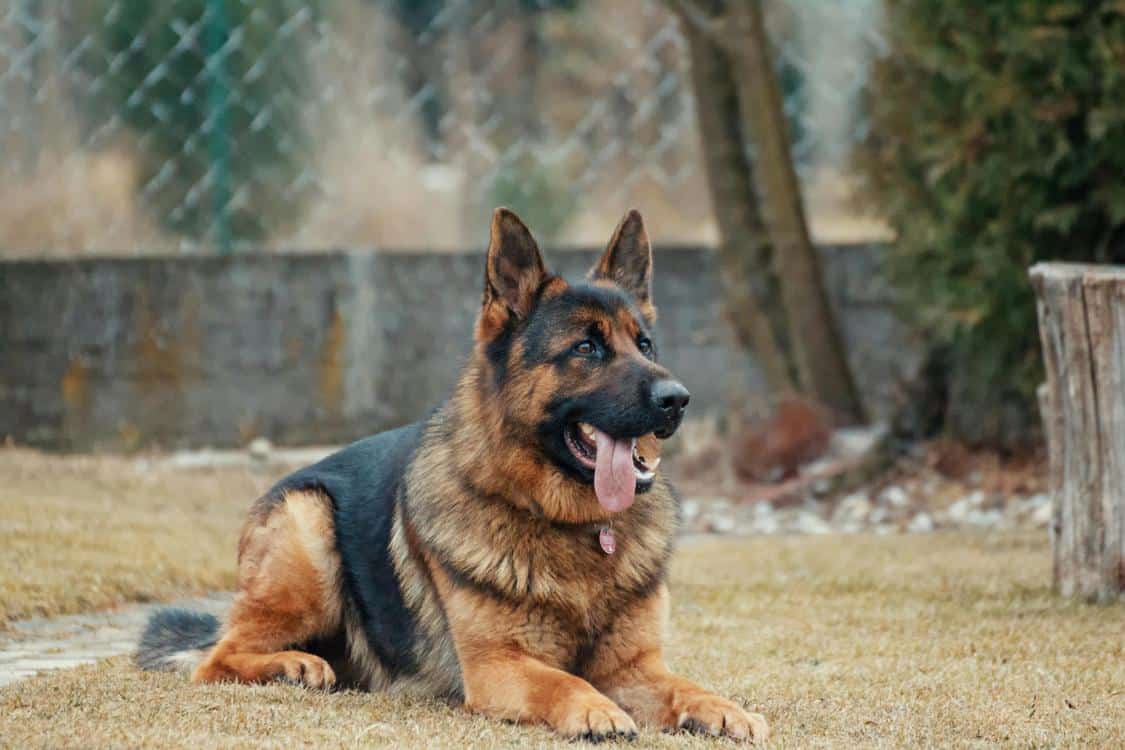Grooming your pets not only makes them look good but also promotes their health. This is why professional grooming is so important, but there are many ways you can help your pet stay clean between visits to the groomer.
Brushing regularly distributes natural oils, helps prevent matting and shedding and keeps the coat healthy. Similarly, keeping your cat’s nails short prevents them from catching on carpeting or furniture.
Brushing
Dogs need regular brushing to keep their coats healthy, and it’s also a great way to bond with your pet. But if your pets are not used to being brushed, it can take some time and patience to teach them that this is a pleasant activity rather than an unpleasant experience. If you’re unsure of how to start, try watching some videos online or talking to your favorite pet specialist. This will give you the confidence you need to start and the knowledge that your pet can be taught to love being brushed.
It’s important to start small, especially with sensitive areas like the belly and behind ears. Use a soft brush with a smooth surface that will not scratch or hurt your pet. Use treats and praise throughout the entire process to establish a positive association with brushing. Begin by stroking your pup with the back of the brush or a clean oven mitt without introducing the bristles. If your pup shows calm behaviour, reward them with a treat and slowly progress to using the bristles.
A general rule of thumb is to brush your dog at least once a week, and more often when they are blowing their coat (the big twice-a-year seasonal shed). This will help avoid matting and help keep your dogs coat shiny and beautiful.
Grooming is particularly important for cats, as they are notorious for swallowing and vomiting the dead hair that accumulates on their bodies – this is what gives them their famous feline “hairballs.” Cats require gentle brushing to prevent tangles and matted fur, and it’s essential that owners are confident in their ability to brush their own pets.
Bathing
Bathing is a critical grooming habit that keeps your pet clean and helps avoid irritation to their skin. Use a mild, dog-specific shampoo (human shampoo can irritate your pup’s skin) and make sure to rinse thoroughly — leftover shampoo residue can cause irritation.
Brushing before getting them in the water helps get a good lather of shampoo that penetrates all the way down to their skin, and it also gives you an opportunity to spot any matted fur or tangles that need detangling. If they have thick, dense fur, you may want to use a rubber brush or a slicker brush while in the bath to help separate and work out any tangles or dead hair. Be careful to wash the nooks and crannies of your pet’s body, such as their armpits, belly, and tail.
During the bath, be cautious to avoid soap and shampoo in sensitive areas like their ears, nose, or eyes. If necessary, gently place a cotton ball or towel in their ears to keep the water out — but make sure you remove it when the bath is over. It’s important to talk in a calm tone during the bath and offer lots of praise and treats throughout to keep your pet happy and calm.
Once the bath is over, be sure to dry your pup with a non-slip mat or a towel designed specifically for dogs (human towels can irritate their skin). You may need to assist your pet in some of this process if they are particularly nervous or unable to stand still for long periods of time. After all is said and done, reward your dog with a favorite toy or treat to reinforce the positive experience of bath time.
Nail Trimming
Nail trimming is a common, yet often overlooked grooming task. It is essential for the health and comfort of pets, as long nails can impact movement, exacerbate orthopedic issues, and lead to pain or infection, hence why they’re often done by a reliable mobile dog groomer. While many pet owners are hesitant to trim their dogs’ nails themselves, it is a simple and safe process that most pets learn to tolerate with some training.
Ideally, nail trimming should be done in a calm and quiet place free from distractions. It may be helpful to have a friend or family member assist, especially for larger animals or more anxious pets. A grooming hammock that is rated for your pet’s size can also be a great help as it allows you to hold the animal while keeping them secure. For many pets, the best method for nail trims is to have them sit and wait while you gently hold one paw at a time, removing pressure as they become more comfortable. It is important to note that it is very difficult, if not impossible, to trim a pets nails while they are pulling their paw away. This could result in cutting the quick or a paw pad and can be very stressful for both pet and handler.
Using clicker or marker training can be beneficial in teaching your pet to accept nail trims, as it is an opportunity to reinforce positive associations with being sat for and having their paws handled. Try introducing your pet to the clippers by clicking and smelling them on their own, without actually cutting them, and then give them tasty treats every time you use them. If your pet is very fearful or anxious, or if you are concerned that you might accidentally cut the quick while trimming their nails, it may be necessary to speak with your veterinarian about medications for anxiety.
Teeth Cleaning

Most pet owners do not brush their pets’ teeth, despite the fact that oral health is vital to your pet’s overall well-being. Regular brushing can help prevent dental problems such as tooth decay, gum disease and loose or infected teeth, which can lead to heart, kidney or liver disease. In addition, untreated dental issues can cause your dog or cat to lose weight and eat less because of pain or discomfort.
A brushing session should be short and positive to keep your pet interested in the experience. Start with toothpaste that is made specifically for dogs or cats (human toothpaste can be toxic) and a brush designed for their mouth. Place a small amount of paste on your finger and gently rub their gums to get them used to the sensation. Once your pet is comfortable with this, begin brushing their teeth in a circular motion, moving slowly and gently around each tooth to dislodge plaque. After brushing, praise your pet and provide a treat to reinforce the behavior.
If your pet is not comfortable with brushing or will not allow you to place toothpaste inside their mouth, consider using a dental wipe that cleans below the gum line and helps sanitize chompers. These can be purchased at your local pet store and are usually shaped like a fingertip for easy application. You can also find a disposable gauze pad that slips over your finger to mimic a toothbrush.
A non-anesthetic teeth cleaning is also available at many vet clinics. Your vet will evaluate your pet’s mouth and may recommend descaling, polishing or extraction of loose or infected teeth. This is not as thorough as a full dental cleaning, but can still significantly improve your pet’s dental health.
Paw Care
Paws are important for the mobility of your pet and their ability to travel on rough terrain, so they need extra care to prevent irritation. The best way to do this is to regularly moisturize their paw pads with a pet-friendly lotion that’s free of toxic chemicals. Some good options include coconut oil, shea butter, or any product made specifically for paw care.
It’s also important to keep your pet’s nails trimmed. If they are too long, they can become snagged on things and cause pain for your pup or cat. Use a nail trimmer designed for pets or ask a professional groomer to help you out if you are unsure how to do this yourself.
Lastly, it’s essential to keep your pet’s feet clean and dry. Especially after walks, make sure to wipe down their paw pads and the space between them with a warm damp cloth or towel. This will remove any lingering dirt, debris, or corrosive road salt that may have built up.
It is also a good idea to check for any cracks, scratches, or other problems with their paw pads on a regular basis. Keep in mind that excessive licking of the paw pads is a sign of discomfort, which could mean an infection or other problem that requires immediate attention from a veterinarian.
Following these grooming habits will help you to keep your dog or cat healthy, happy, and looking great! Just remember to always be careful and attentive, as dogs cannot voice their concerns to you. For more tips on how to take good care of your fur babies, consult a veterinarian who can give you further advice for the specific needs of your pet.













